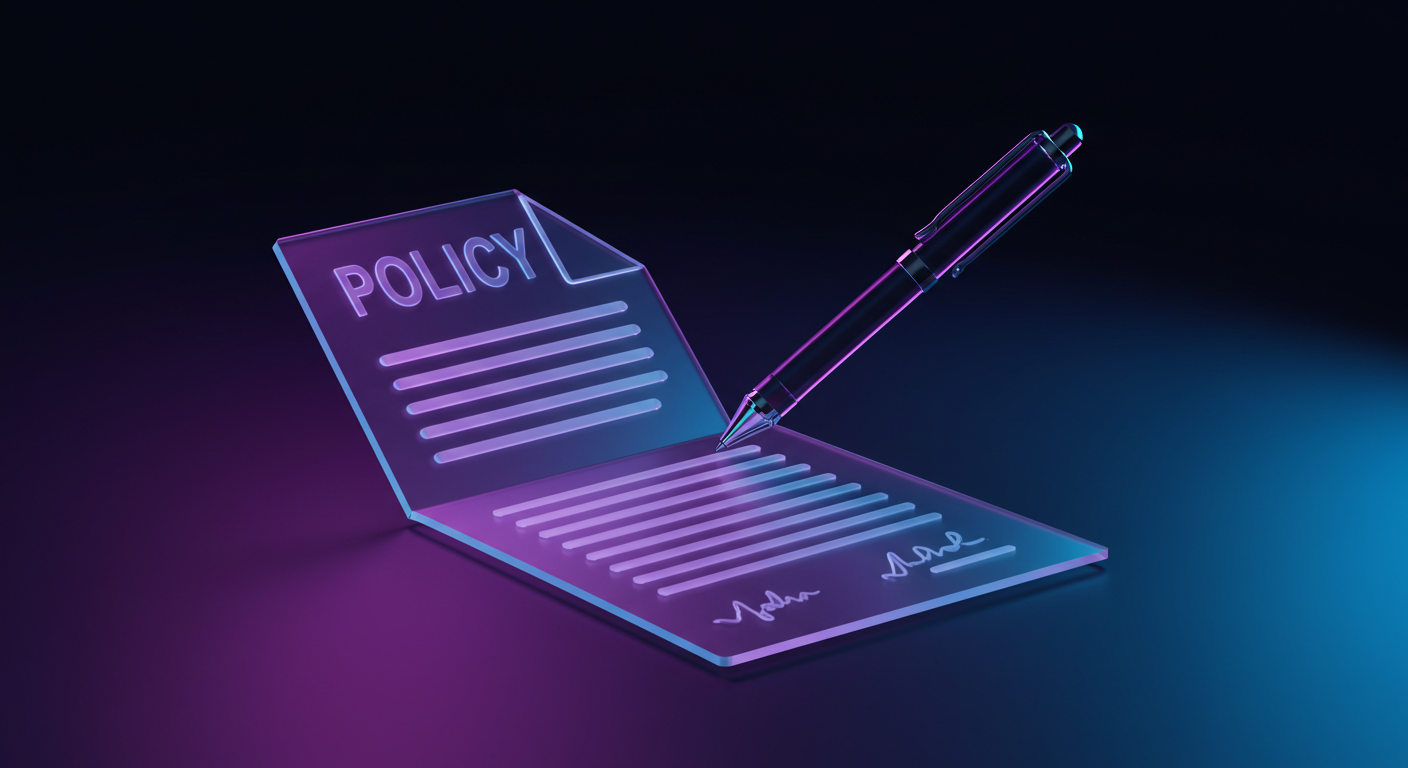
Since the mutual tariffs were paused on April 9, markets have been adjusting to a future of global economic improvement, dismissing slowdown fears. Various soft data metrics also point towards this positive trend.
Expectations are for ongoing global growth to continue alongside stable disinflation. Central banks have similarly focused on easing policies to support these outcomes.
Prominent Risks
Yet, there are prominent risks: the potential resurgence of trade conflicts and inflation. The market often dismisses renewed trade war risks due to past patterns of sudden de-escalation.
As we approach the end of a 90-day tariff pause, outcomes remain uncertain, though markets seem to downplay fears. However, even minor trade conflicts could shift growth forecasts and impact markets.
Inflation is another potential risk with a higher likelihood than trade issues. Future strong economic activity, fuelled by easing cycles, tax cuts, and deregulation, could elevate inflation. Though inflation is a lagging indicator, recent data like US PMIs suggests growth.
The rise in long-term yields, attributed to stronger growth and inflation risks, has garnered attention. The 10-year US yield is at 4.45%, reflecting current risks with the policy rate between 4.25-4.50%.
Inflation Risks
If inflation risks persist, long-term yields may climb, affecting various markets and future interest rate expectations.
We’ve already seen how the suspension of tariffs lifted a weight off broader risk sentiment. Following the announcement, markets quickly repriced the outlook for global demand—dismissing previous worries about widespread economic stagnation. That shift was mirrored in surveys and forward-looking indicators, especially in services and manufacturing sentiment. This trend, so far, seems to be carrying on, with the consensus firmly pricing in the idea that growth can extend without reigniting inflation pressures.
Monetary authorities have responded with a more accommodative stance. From our perspective, that’s encouraged capital to rotate into risk assets, underpinning recent equity gains and compressing credit spreads. The belief underpinning those moves is that central banks feel comfortable pausing or even easing in the months ahead. Bond markets have broadly endorsed that view as well, though not without hesitation.
There’s a tendency now to lean heavily on past behaviour. Previous trade disputes have shown a pattern—typically abrupt flare-ups followed by equally abrupt resolutions. That memory has led to a sense that markets need not react strongly until hard measures are reinstated. Yet that strategy risks underestimating how even a minor shift in posture could harm sentiment and interrupt investment flows. It’s especially relevant given how much pricing currently leans on future certainty.
Goolsbee made this point quite efficiently—recent activity data shows signs of gathering momentum, especially in consumption-driven economies. That can quickly create inflationary pressures, especially if monetary policy is perceived as too loose in hindsight. Even if inflation lags, forward indicators like PMI inputs and wage growth tell us that pricing power is returning in some sectors. For traders, that matters acutely.
The charts show that fixed income markets have begun to respond. Movements in long-dated yields are no longer just about rate expectations—they are now embodying a shift in inflation risk premia. When we observe 10-year yields rising from 4.20% to 4.45%, that’s not neutral. It reflects a repricing of the long-term real rate, which feeds directly into duration sensitivity and impairs convexity-neutral positioning.
Powell, during his last appearance, hinted that further surprises on the inflation front could delay the easing cycle. That injects a further source of volatility into terminal rate timelines. We see the knock-on effects feeding into equity volatility curves and cross-asset correlation structures. It becomes more costly to maintain short volatility positions or express carry-trade views without tighter hedges.
In light of this, the current pricing in rate forwards and vol markets appears asymmetrically optimistic. Most metrics are tilted towards outcomes that avoid any policy reversal, which underplays tail risks. It’s not only about inflation running above target, it’s how that interacts with constrained fiscal room in larger economies. Legislatures appear unlikely to repeat large stimulus packages if inflation comes back, forcing central banks to act alone.
We should also watch credit markets more carefully. If long rates keep rising from here, that pressures funding costs across leveraged sectors. Compression in high yield spreads could reverse sharply if macro data begins to confirm firmer inflation. That in turn would tighten financial conditions without central banks needing to adjust short rates.
A rotation into shorter dated diagonals and reduced exposure to steepeners may limit curve-related volatility. Positioning in breakevens and certain swap structures now allows asymmetric payoffs for when inflation prints hotter over the summer. That might not be immediate, but the risk is more there than not if activity keeps accelerating.
Clarity in the next set of PMI reports and inflation prints will determine whether these trades begin to unwind. For those active in derivatives or spread positions, reaction to even moderate surprises is likely to be swift as positioning is not especially defensive at present.
We anticipate that volatility markets—particularly in rates and FX—will react more sharply than equity indices, given the latter’s relative insensitivity to small moves in monetary policy expectations during growth cycles. Close monitoring is key, and recalibrating exposures in line with inflation-linked instruments may provide better short-term insulation.







